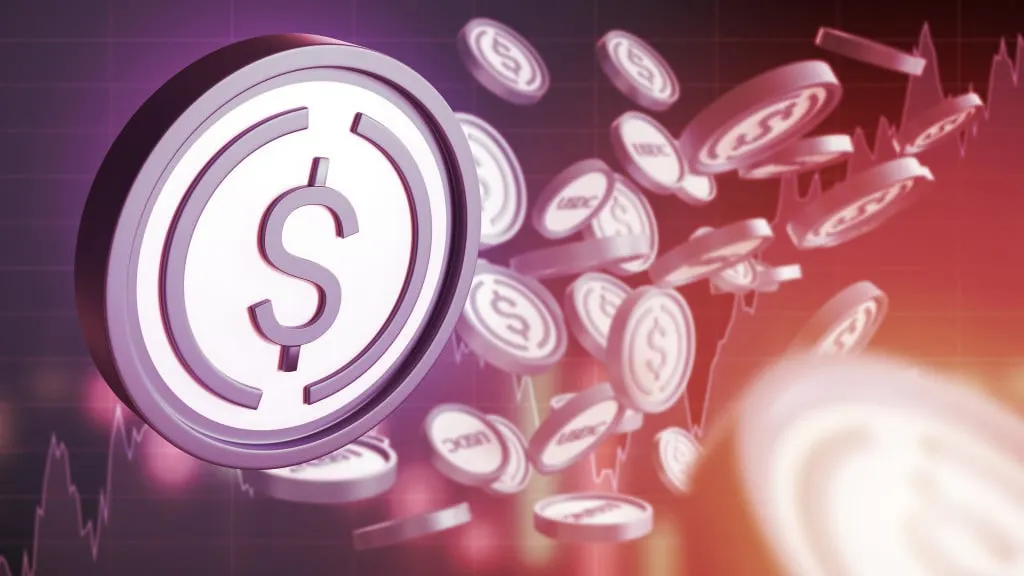Recent progress on the European Union’s proposed Markets in Crypto Assets (MiCA) law has made stablecoin issuer Circle bullish on growth in the European Union.
Earlier this month, EU lawmakers finalized the legal text of the bill. If adopted, it will create stricter rules for crypto companies. But at least Circle will know what those rules are, an executive said while speaking at the Blockchain for EU Summit in Brussels on Tuesday.
“There is now a regulated path for stablecoins in Europe,” said Patrick Hansen, Circle’s EU policy head. “The euro is the second largest world currency and remittance asset As we move from speculation to utility, the incentives grow to use euro stablecoins.”
It’s hardly a surprising sentiment from the USD Coin (USDC) issuer. In June, Circle launched Euro Coin (EUROC) as an ERC-20 token on Ethereum.
“Euro Coin is being issued under a regulated framework for money transmission, under the same statutes that regulate USDC, with full-reserves in Euro,” Circle CEO Jeremy Allaire said on Twitter at the time.
As of Tuesday afternoon, EUROC has a market capitalization of $76 million and has remained steady since the middle of August. Stablecoin market caps tend to mirror circulation, since they’re designed to hold a 1:1 peg with their backing fiat currency and are created or destroyed when users buy or redeem tokens.
With the text of the law set, MiCA is headed for one final vote in the European Parliament in the coming weeks. The law is expected to go into effect in 2024 if it passes.
“The three aims of MiCA were setting regulatory standards, harmonizing the market and protecting consumers,” Hansen said. “The outcome of the legislative process is a great step in that direction.”
Europe is poised to play a pivotal role in the crypto industry, as it’s once again the world’s largest crypto economy, according to a recent Chainalysis report. Users there received $1.3 trillion worth of crypto assets from July 2021 through the end of June, the blockchain analytics and compliance firm wrote, followed closely by the U.S., where users received $1.15 trillion.
In fact, Chainalysis cited the MiCA regulatory framework and the Financial Action Task Force’s clarification on its Travel Rule—meant to collect the identity of senders and receivers for large transactions—as reasons that industry has found “enhanced regulatory clarity” in Europe.
Circle isn’t the only firm looking to grow its offerings for euro users. Over the summer, CME Group, the world’s largest derivatives exchange, added euro-denominated Bitcoin and Ethereum futures to its offerings.
Futures contracts are a type of derivative that locks a trader into buying or selling an underlying asset at a set price once the contract expires.
One area where the EU could still use some help in creating a regulatory framework for crypto is decentralized finance, or DeFi. In fact, the text of the MiCA framework gives the commission 18 months to develop specific guidelines for DeFi.
“We need to think more imaginative about how DeFi can be captured in legal concepts, if it is necessary,” European Commissioner Peter Kerstens said at the Brussels event on Tuesday. He even mused that “the best thing to do from a policy view is to do nothing at all—maybe.”

